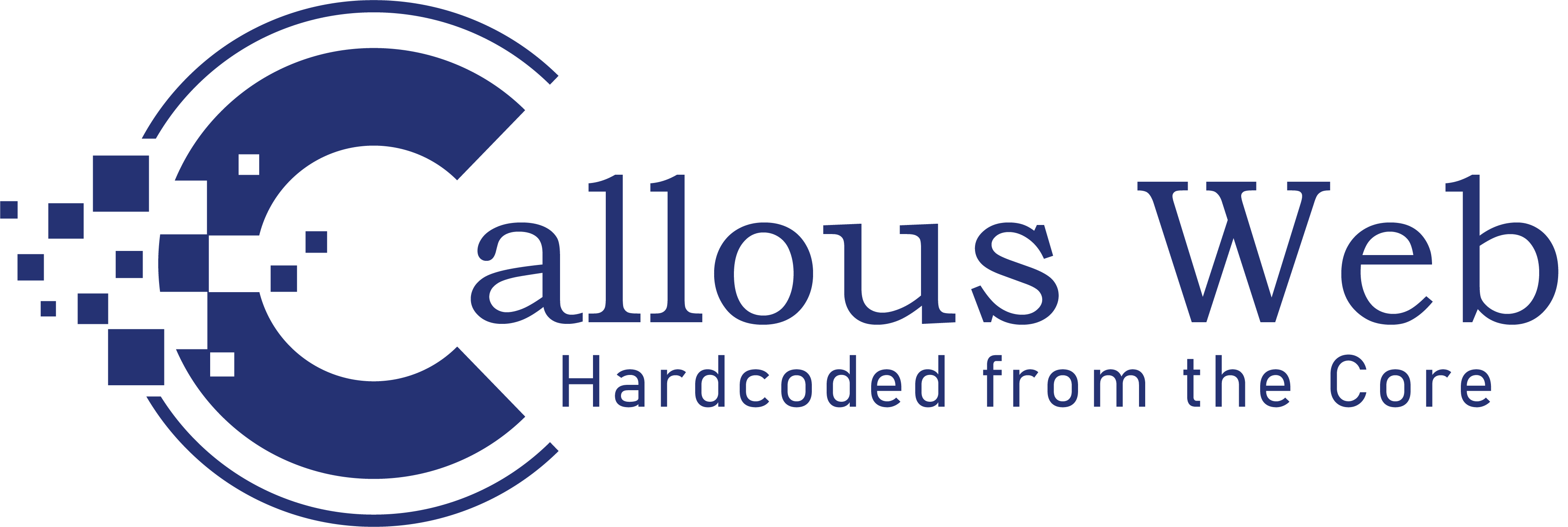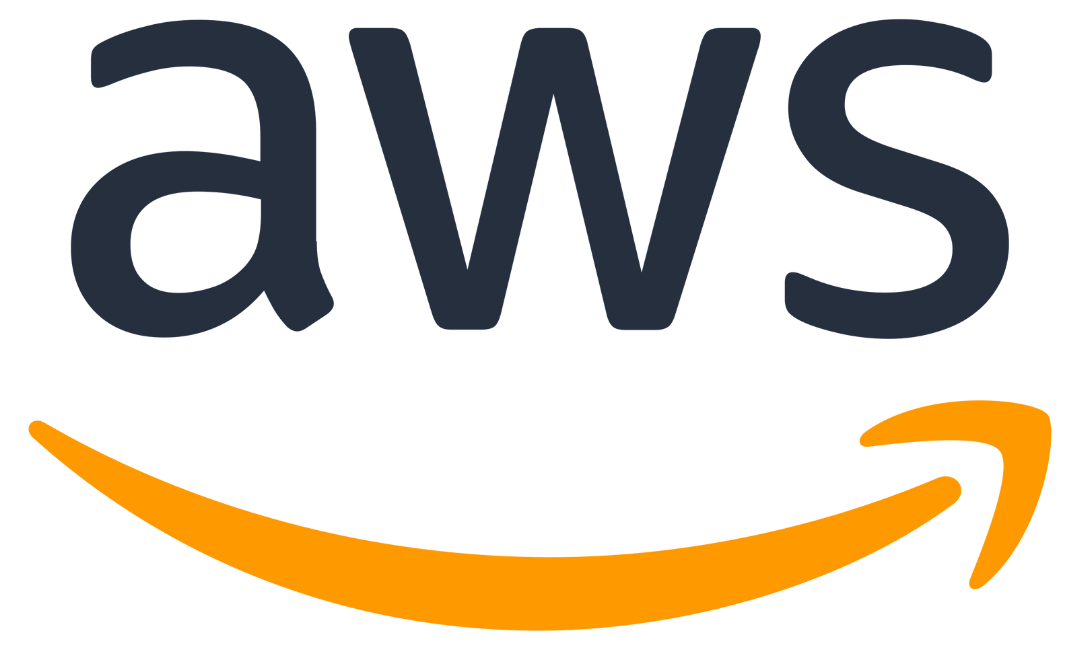Technical Documentation Page
A technical documentation page is a type of website that is used to present technical information about a product or service. It is often used by companies to provide documentation for their products, such as software manuals or hardware instructions. When designing a technical documentation page, it’s important to keep the following in mind:
- Use headings and subheadings to break up the text and make it easier to read: By using headings and subheadings, you can make it easier for users to scan the page and find the information they need.
- Use lists and tables to organize information: Lists and tables are effective ways to present information in a clear and concise manner. They can be used to present steps in a process or to compare different features of a product.
- Use images and videos to illustrate key concepts: Images and videos can be used to demonstrate how to perform a specific task or to show the features of a product.
- Use a consistent layout and color scheme to make the page visually appealing: By using a consistent layout and color scheme, you can create a cohesive design that is easy on the eyes.
- Use responsive design to ensure the page is optimized for different screen sizes: By using responsive design, you can ensure that your technical documentation page looks good on various gadgets ranging from personal computers to mobile devices.
To create a technical documentation page, you can start with a basic HTML template and add CSS to style the page. You can use CSS to create a header and footer, add colors and fonts, and style the text and images.
Landing Page
A landing page is a single page website that is designed to convert visitors into leads or customers. It typically has a clear call-to-action (CTA) that encourages visitors to take a specific action, such as filling out a form or making a purchase. When designing a landing page, it’s important to keep the following in mind:
- Keep the design simple and focused on the main message: A landing page should have a clear and concise message that is focused on the benefits of the product or service being offered.
- Use a clear and concise headline: The headline of the landing page should grab the attention of the visitor and clearly convey the main message.
- Use a call-to-action button to encourage visitors to take action: The call-to-action button should be prominently displayed on the page and clearly communicate what the visitor will get when they take action.
- Use images and videos to make the page visually appealing: Images and videos can be used to make the landing page more engaging and to showcase the benefits of the product or service.
- Use responsive design to ensure the page is optimized for different screen sizes: By using responsive design, you can ensure that your landing page looks good on a variety of devices, from desktop computers to mobile phones.
To create a landing page, you can start with a basic HTML template and add CSS to style the page. You can use CSS to create a header and footer, add colors and fonts, and style the text and images.
Event Page
An event page is a type of website that is used to promote and provide information about an upcoming event. It can be used for conferences, concerts, or any other type of event. When designing an event page, it’s important to keep the following in mind:
- Use a clear and concise title and subtitle: The title and subtitle of the event page should clearly convey what the event is about and why people should attend.
- Include details about the date, time, location, and speakers: The event page should provide all the relevant details about the event, including the date, time, location, and speakers.
- Use images and videos to showcase the event: Images and videos can be used to give visitors a sense of what to expect from the event and to create excitement.
- Include a registration form or ticket purchasing option: The event page should make it easy for visitors to register for the event or purchase tickets.
- Use responsive design to ensure the page is optimized for different screen sizes: By using responsive design, you can ensure that your event page looks good on a variety of devices, from desktop computers to mobile phones.
To create an event page, you can start with a basic HTML template and add CSS to style the page. You can use CSS to create a header and footer, add colors and fonts, and style the text and images.
Parallax Website
A parallax website is a type of website that uses scrolling to create a 3D effect. It typically has multiple layers of content that move at different speeds as the user scrolls down the page. When designing a parallax website, it’s important to keep the following in mind:
- Use high-quality images and videos to create a visually stunning experience: Parallax websites rely heavily on visuals, so it’s important to use high-quality images and videos that are optimized for the web.
- Use a clear and concise message: A parallax website should have a clear and concise message that is focused on the benefits of the product or service being offered.
- Use responsive design to ensure the page is optimized for different screen sizes: By using responsive design, you can ensure that your parallax website looks good on a variety of devices, from desktop computers to mobile phones.
To create a parallax website, you can start with a basic HTML template and add CSS and JavaScript to create the parallax effect. You can use CSS to create a header and footer, add colors and fonts, and style the text and images. JavaScript can be used to add the parallax effect to the website.
Personal Portfolio Page
A personal portfolio page is a type of website that is used to showcase your skills and achievements. It typically includes a brief bio, a list of skills, and examples of your work. When designing a personal portfolio page, it’s important to keep the following in mind:
- Use a clear and concise headline: The headline of the portfolio page should clearly convey who you are and what you do.
- Include a brief bio and list of skills: The portfolio page should provide a brief overview of your background and skills.
- Showcase your work: The portfolio page should include examples of your work, such as projects you’ve completed or articles you’ve written.
- Use a consistent layout and color scheme to make the page visually appealing: By using a consistent layout and color scheme, you can create a cohesive design that is easy on the eyes.
- Use responsive design to ensure the page is optimized for different screen sizes: By using responsive design, you can ensure that your personal portfolio page looks good on a variety of devices, from desktop computers to mobile phones.
To create a personal portfolio page, you can start with a basic HTML template and add CSS to style the page. You can use CSS to create a header and footer, add colors and fonts, and style the text and images.
Restaurant Website
A restaurant website is a type of website that is used to promote a restaurant and provide information about the menu, location, and hours of operation. When designing a restaurant website, it’s important to keep the following in mind:
- Use high-quality images of food and the restaurant: Restaurant websites rely heavily on visuals, so it’s important to use high-quality images that showcase the food and the restaurant.
- Include the menu, location, and hours of operation: The restaurant website should provide all the relevant details about the menu, location, and hours of operation.
- Use a clear and easy-to-use navigation menu: The navigation menu should be easy to use and provide visitors with quick access to the different sections of the website.
- Use responsive design to ensure the page is optimized for different screen sizes: By using responsive design, you can ensure that your restaurant website looks good on various gadgets ranging from personal computers to mobile devices.
To create a restaurant website, you can start with a basic HTML template and add CSS to style the page. You can use CSS to create a header and footer, add colors and fonts, and style the text and images. You can also use CSS to create a menu section with images and descriptions of the dishes. You can also use JavaScript to create interactive features, such as a reservation form or a map of the restaurant’s location.
Conclusion
In conclusion, these six mini project ideas are an excellent way to improve your HTML and CSS skills while exploring new concepts and techniques. Whether you are creating a personal portfolio website or event page, these projects will help you develop your skills and create beautiful, responsive, and engaging websites.
Frequently Asked Questions (FAQs)
What is HTML?
HTML stands for Hypertext Markup Language, which is a coding language used to create web pages and websites.
What is CSS?
CSS stands for Cascading Style Sheets, which is a coding language used to style and format HTML documents.
Do I need to know HTML to learn CSS?
Yes, it is recommended to have a basic understanding of HTML before learning CSS, as CSS is used to style and format HTML documents.
What are the benefits of using CSS?
CSS allows you to separate the content and design of a web page, making it easier to maintain and update. It also allows for more flexibility in designing and formatting web pages.
What is responsive design?
Responsive design is a technique used to design websites that can adapt and adjust to different screen sizes, such as desktop computers, tablets, and mobile phones.
What are some popular CSS frameworks?
Bootstrap, Foundation, and Materialize are among the CSS frameworks that are commonly used.
Can CSS be used to create animations?
Yes, CSS can be used to create simple animations and transitions, such as changing the color or size of an element over time.
In CSS, what distinguishes padding from margin?
Padding refers to the area between the content of an element and its border, while margin refers to the space between the border of an element and the surrounding elements.
What is a CSS selector?
A CSS selector is used to select and style specific HTML elements. Selectors can be based on element type, class, ID, and other attributes.
What steps can I take to enhance my proficiency in HTML and CSS?
Practicing and experimenting with HTML and CSS is the best way to improve your skills. There are also many online resources and tutorials available, as well as books and courses. It’s also helpful to study and learn from other websites and designers.
References
- https://www.upgrad.com/blog/html-project-ideas-topics-for-beginners/
- https://www.knowledgehut.com/blog/web-development/html-projects
- https://www.quora.com/Whats-the-best-CSS-framework
- https://www.geeksforgeeks.org/html-project-ideas-for-beginners/
- https://www.quora.com/Is-it-necessary-to-learn-html-before-learning-CSS





